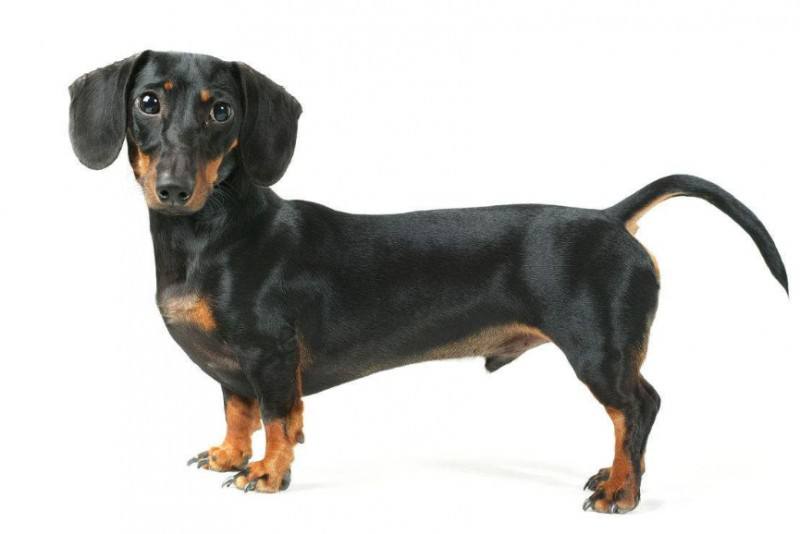Canis lupus familiaris
IUCN
LCBasic Information
Scientific classification
- name:Canis lupus familiaris
- Scientific Name:Dachshund,Dackel,Teckel
- Outline:Carnivora
- Family:Canidae
Vital signs
- length:40-50cm
- Weight:9kg
- lifetime:10-12 year
Feature
The Dachshund is a short-legged, long-bodied hunting dog.
Distribution and Habitat
Originated from Germany
Appearance
The head of the Dachshund is long and narrow, with a wedge-shaped skull and a slightly arched top. The muzzle between the eyes is prominent where it meets the skull. The ears are moderately long and wide, with their base close to the back of the head and their front edges falling towards the cheeks, showing a beautiful arc. The eyes are slightly slanted, almond-shaped, dark in color, and expressive. The muzzle is slender, with a large, dark nose. The jaws are strong, the lips are tightly closed, and the teeth meet in a scissor-like bite. The front legs are short when viewed from the front and slightly tilted inwards. The toes are broad and powerful, growing straight outward. The pads on the feet are thick, with strong and dark nails. The thighs are of moderate length, and the calves are short, forming a right angle with the thighs. The hind legs are erect, with toes, pads or nails roughly the same as the front legs. The tail is strong, thickly haired, and tapers to the tip. The tail is
Details
The name of the Dachshund originated from Germany, and originally meant "badger dog". This breed was developed to sniff, track, and hunt badgers and other burrowing animals.

The Dachshund is not very big, and its body size belongs to a small dog. There are three types of dachshunds according to their hair: short-haired type, which is short, dense and close to the body; long-haired type, which has straight and long hair, with side hair in some parts; and wire-haired type, which has rough and uniform wire hair all over the body. According to the difference in body size, it can be divided into two types, the mini type below 5kg and the standard type between 7kg and 14.5kg. Both specifications have the above three types of hair.
The most striking thing about dachshunds is that they wobble when they walk, which is very honest and cute. They are loyal to their owners, wary of strangers, easy to train, and are natural companion dogs. They are alert and gentle, beautiful but not proud.
Dachshunds are lively, cheerful, brave, cautious and confident. They often make funny moves and are happy dogs. They are indomitable when working above or below ground, and all their senses are well developed. Outdoors, Dachshunds are brave, energetic, and tireless; indoors, they are loving and sensitive, friendly when quiet, and hilarious when playing. When a Dachshund squints his eyes and sticks out his tongue, it means he is in a good mood. They also wag their tails vigorously, twist their bodies from side to side, and walk lightly to express their happiness. When they make a "hum" sound from their noses, it is also a symbol of happiness. When they are close to people, they will raise their tails and swing horizontally, stretch their necks, and trot briskly all the way. Their pupils will shine, and they will keep jumping, and their whole body will show uncontrollable happiness. When they stick out their tongues and "hahaha" to act cute to their owners, it is also a happy time for them. You might as well share this happiness with them.
Dachshunds are also good at acting cute. They act like a spoiled child when they see your smile, when they are lonely and bored and need your company, when they are tired of walking outside and want you to hug them, when they are hungry or want toys. They will stare at you with their watery eyes, tenderly and pitifully, and will lower their heads and rub your trouser legs with their big ears, making you reluctant to refuse any of their requests. Dachshunds have an amazing aura of communicating with people, and they do not hide their sincere joy and sadness. Their delicate facial features and rich body language are full of peculiar expressive abilities, and we can deeply feel their joy, anger, sorrow and happiness without complicated conversations.
Protect wild animals and eliminate game.
Maintaining ecological balance is everyone's responsibility!








